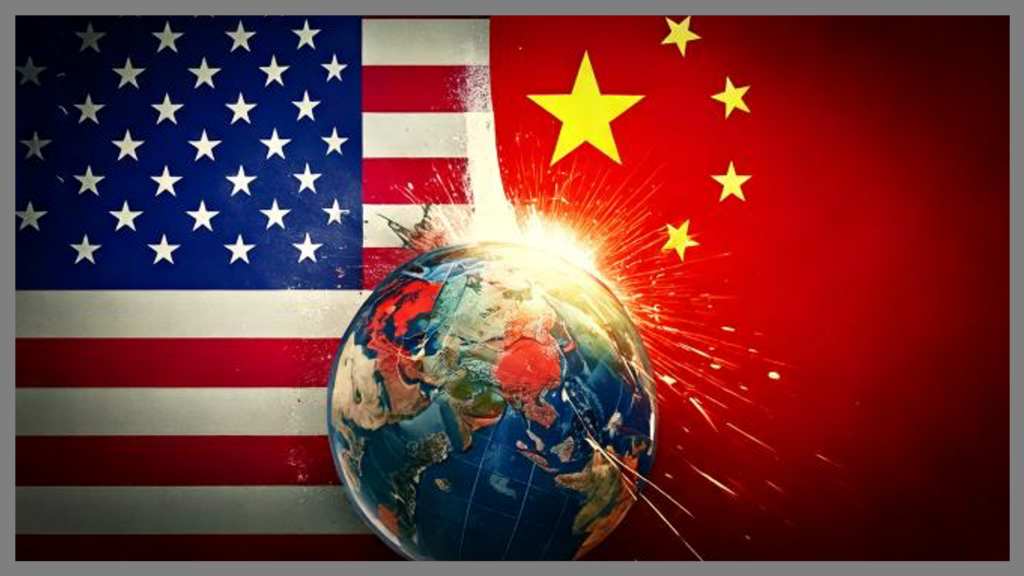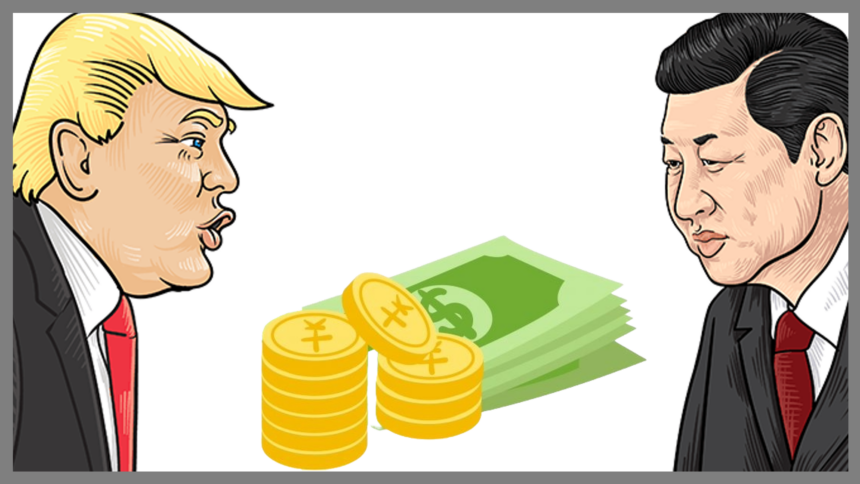The U.S.-China trade war intensifies as Beijing retaliates against new U.S. tariffs with a wave of trade penalties, tech investigations, and export restrictions. After the Trump administration imposed higher tariffs on Chinese goods, China responded with tariffs on U.S. exports, an anti-trust probe into Google, and potential sanctions on Intel.
China’s Ministry of Finance announced fresh tariffs targeting key American industries, while its commerce ministry imposed new export controls on critical minerals used in U.S. tech manufacturing. The consequences are rippling through global markets, impacting trade, technology, and diplomatic relations.
What’s Happening & Why This Matters
China’s Retaliatory Measures
China’s latest round of tariffs and regulations underscores its strategy to counter U.S. economic pressure with targeted trade policies and regulatory crackdowns. In response to the latest U.S. tariffs, Beijing has implemented:
- 15% tariffs on U.S. coal and liquefied natural gas (LNG), increasing costs for American energy exporters.
- 10% tariffs impact major U.S. industries on crude oil, farm equipment, and large-displacement vehicles.
- An anti-trust investigation into Google, adding to the restrictions already placed on its services in China.
- A potential ban on Intel, following prior restrictions imposed on U.S. chipmaker Nvidia.
- New export restrictions on critical minerals like tungsten, tellurium, ruthenium, and molybdenum, tightening supply chains for U.S. tech firms.
U.S. Tariffs and Global Economic Fallout
The Trump administration’s decision to escalate tariffs has led to swift responses from global leaders, with Canada and Mexico also impacted before reaching temporary resolutions. The immediate fallout includes:
- The U.S. revoked a tax exemption on Chinese goods under $800, hurting e-commerce giants like Shein and Temu.
- Mexico avoided a 25% tariff hike after agreeing to deploy 10,000 troops to its U.S. border in exchange for delayed penalties.
- Canada’s tariffs were put on hold following a $1.3 billion commitment to border security measures.
- China filed a dispute with the World Trade Organization (WTO), claiming the U.S. violated international trade laws.

Economic and Market Repercussions
The global economy is reacting swiftly to the escalating tensions, with stock markets, currency values, and investor confidence shifting in response. The economic ripple effects include:
- Hong Kong’s Hang Seng index surged by 2.8%, reflecting optimism in regional markets.
- As investors assess potential trade benefits, South Korea’s Kospi is rising by 1.3%.
- London’s FTSE 100 dropped 31 points, showing European concerns over trade stability.
- The U.S. dollar strengthened, while the Canadian dollar slumped to a 20-year low before stabilizing.
- Chinese markets remain closed for the Lunar New Year holiday, delaying further financial reactions.
TF Summary: What’s Next
The U.S.-China trade war is far from over, as Beijing’s retaliatory tariffs, tech regulations, and supply chain restrictions escalate tensions. While Washington braces for further economic countermeasures, the global economy remains on edge, with markets, industries, and international relations all feeling the impact. Expect continued negotiations, more trade disputes, and increased regulatory scrutiny as the battle between the world’s two largest economies unfolds.
— Text-to-Speech (TTS) provided by gspeech


